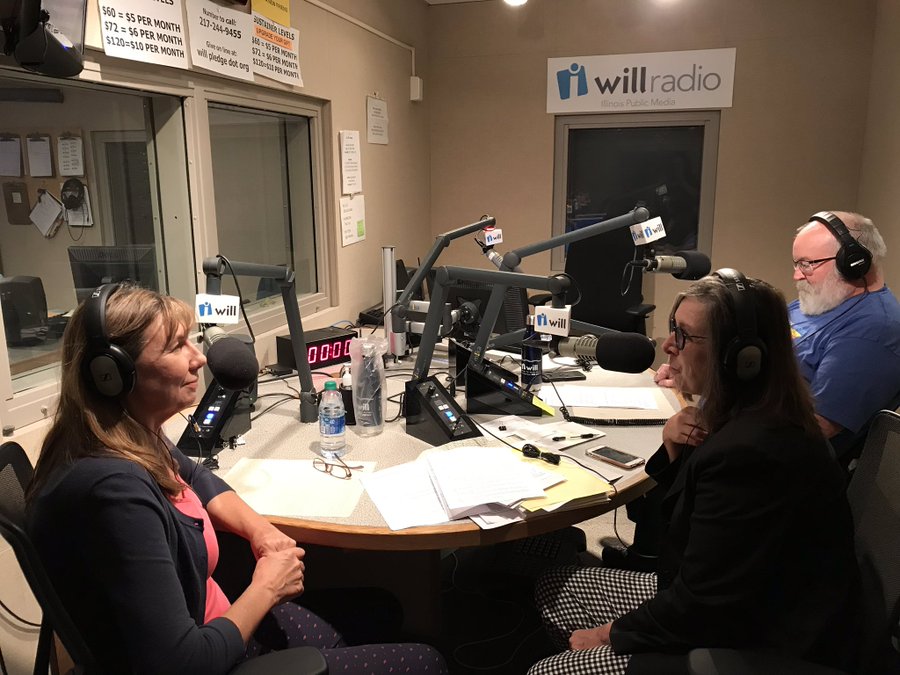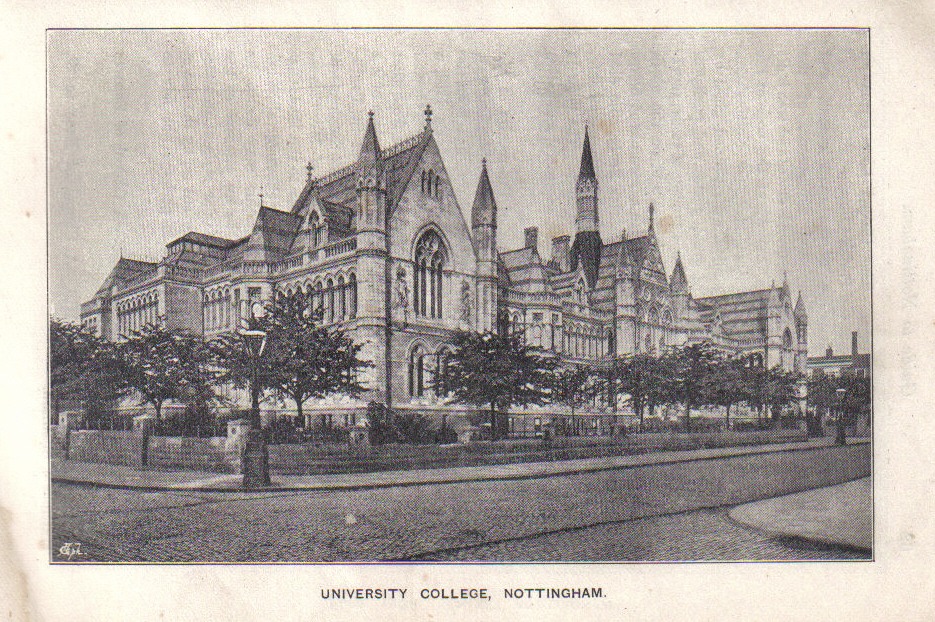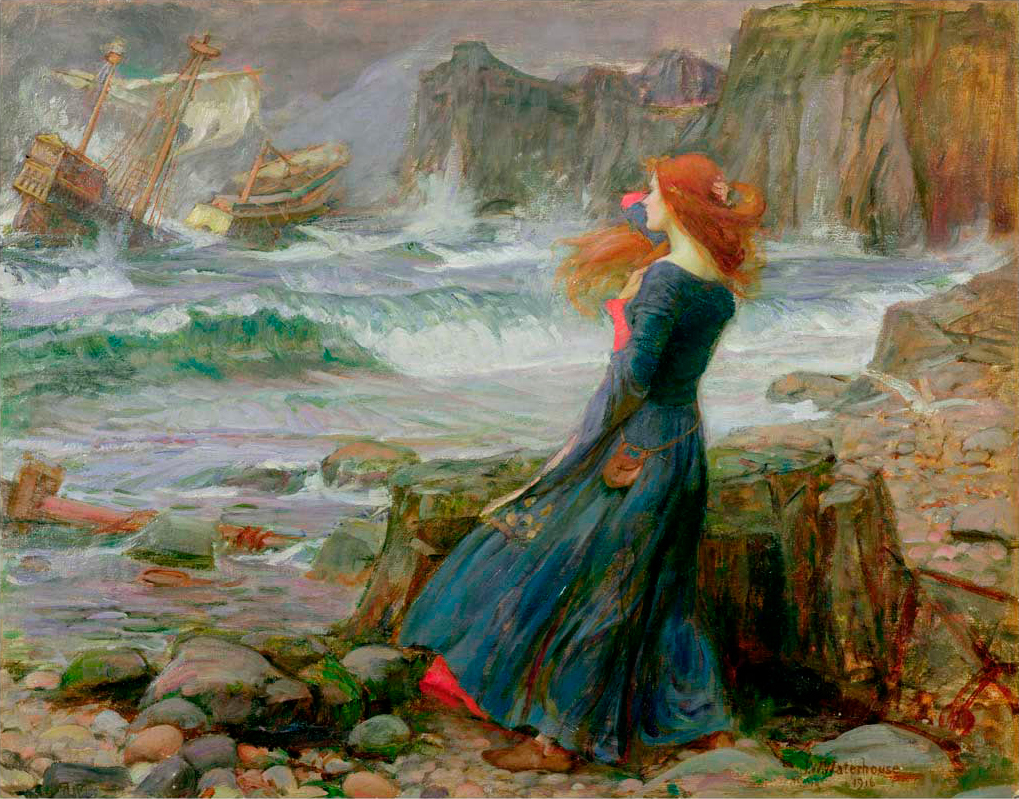Apple Cider Doughnuts
- Home Page 64

Matcha Latte
Consolidated Financial Statement 2022: Net Position $13.033B (PDF Page 4) | Standards Georgia
The Oxford Olympics is a cherished tradition for incoming students @EmoryOxford— an evening filled with exciting team activities and friendly competition. Congrats to the Light Blue team for winning first place! 🎉 Full gallery: https://t.co/ahPzeqd2Zr pic.twitter.com/WUNQNLFUJC
— Emory University (@EmoryUniversity) September 2, 2025
Healthier Hot Chocolate Recipe (VGT, GF)
This content is accessible to paid subscribers. To view it please enter your password below or send mike@standardsmichigan.com a request for subscription details.
Banana Pancakes with Apple Topping
Net Position 2024: + $73,198,080
Facilities & Services Capital Projects
🚧 SUMMER CONSTRUCTION 2025 🏗️
The article’s live, the construction’s underway, but we’re just getting started. Stay tuned… 👀
🔗 —> https://t.co/VSBnIaCPdn pic.twitter.com/jdvIQwv33s
— University of Illinois Facilities & Services (@UofIFS) June 24, 2025
Standards Illinois (Non-Chicago)
Planting corn, eating tater-tot casserole, having a family date night in a John Deere tractor. If I had a busch light, this post might just explode from too much midwest. pic.twitter.com/q9VipUEgv4
— Brian (@BrianSanden8) May 2, 2024
Ted’s Cafe
Standards Illinois | Facilities Services
University of Illinois System Income Fund Report 2024: $1,570,964,077
Ted’s Café at the Beckman Institute
✅ Complete renovation
✅ Glass walls and welcoming décor
✅ New chef and menu
✅ New dining room
🩷 Ribbon cutting today!!! https://t.co/UeCuDtnSyi pic.twitter.com/tIwx6eroAo— Beckman Institute at Illinois (@BeckmanIllinois) September 10, 2025
Ted’s Café is the on-site café and dining hub at the Beckman Institute for Advanced Science and Technology on the University of Illinois Urbana-Champaign; designed as a casual, inviting space that fosters the institute’s spirit of interdisciplinary collaboration and serendipitous interactions.
Brasenose College Cold Brew
Selections from the Tatler, Spectator and Guardian
Legislation.gov.uk: Online Safety Act of 2023
Hope you are all excited for the Open Day on September 20th! Use the link here to check out what we have on at Brasenose, including when you can meet our wonderful tutors!https://t.co/7HdzEZmjxq@brasenosejcr @UniofOxford #OxOpenDays pic.twitter.com/QNWG2cFb2n
— Brasenose News (@BrasenoseNews) September 4, 2024
— JerichoCoffeeTraders (@JeriCoffTraders) June 29, 2017
We are back! Loving being back at the @EastOxMarket and our High Street café. Come and say hi! #coffeeoxford #independent #happynewyear pic.twitter.com/RRXcEkfABC
— JerichoCoffeeTraders (@JeriCoffTraders) January 7, 2017
How to Make the Three Most Popular Milk Coffees
In 2023, we finalised a seismic shift from the old semester-based #educationmodel to a revolutionary approach specifically designed to meet the needs and demands of today’s students and today’s world.
Read how the Southern Cross Model changed the game: https://t.co/KVFqr23sPf
— Southern Cross University (@SCUonline) December 19, 2023
Coffee Calendar
This content is accessible to paid subscribers. To view it please enter your password below or send mike@standardsmichigan.com a request for subscription details.
New update alert! The 2022 update to the Trademark Assignment Dataset is now available online. Find 1.29 million trademark assignments, involving 2.28 million unique trademark properties issued by the USPTO between March 1952 and January 2023: https://t.co/njrDAbSpwB pic.twitter.com/GkAXrHoQ9T
— USPTO (@uspto) July 13, 2023
Standards Michigan Group, LLC
2723 South State Street | Suite 150
Ann Arbor, MI 48104 USA
888-746-3670





















